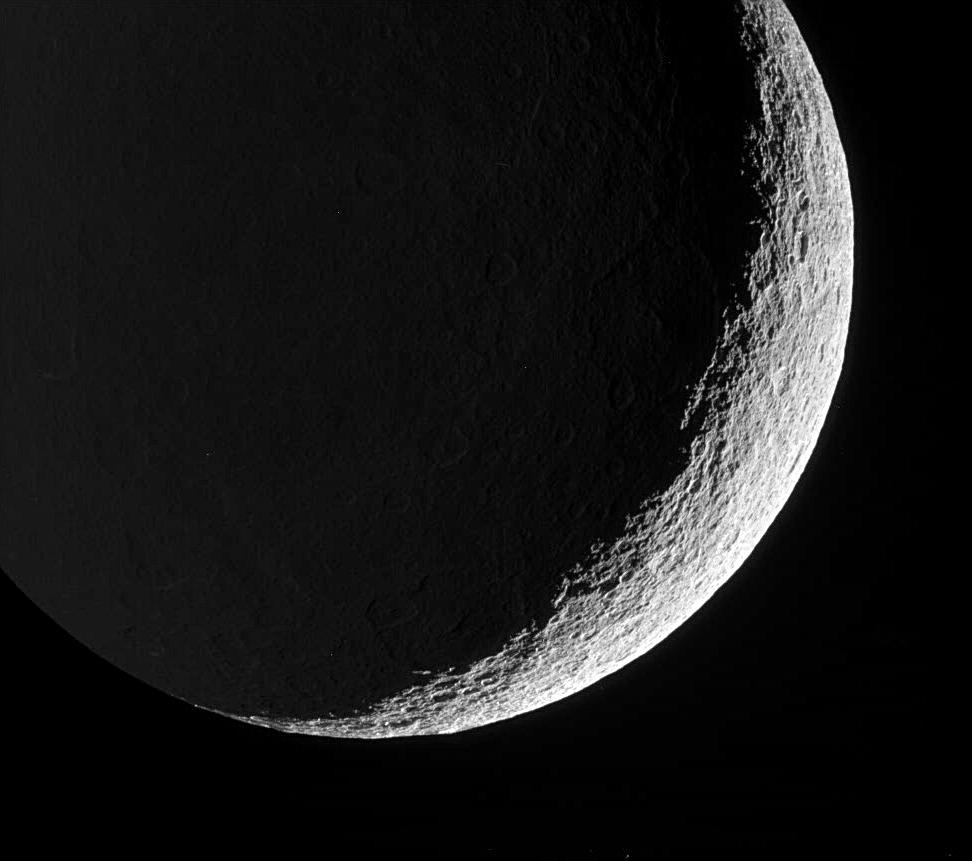By Ed Hoffman
“Rocket science” has become a catchphrase for anything that is extremely difficult, and the popular understanding is right: rocket science deals with technological marvels and the daunting challenges of complex systems.  It wrestles with problems that have never been solved before and faces issues that demand groundbreaking approaches.
It wrestles with problems that have never been solved before and faces issues that demand groundbreaking approaches.
Innovation and creativity have been at the heart of space flight history. At the beginning of the Apollo era, Wernher von Braun collected informal, yet disciplined, one-page weekly notes on important events from engineers and technicians two levels below him. This system of “Monday Notes” provided open communication about problems and creative solutions unfiltered by bureaucracy. Before and during Apollo, NASA relied on ad hoc committees to identify problems and generate solutions. Robert Gilruth, Langley Assistant Director at the time, established the Space Task Group to develop early concepts of space flight. He emphasized strong discipline expertise coupled with a collaborative approach for generating solutions to technical problems. There were no blueprints for going to the moon, so problems had to be solved through open, creative, and disciplined dialogue. Cooperative creative approaches were the norm during this period of space flight development.
The outcome of every great endeavor has been determined by individuals able to create new answers to previously unanswerable questions, who were forced to innovate because doing things the usual way would have meant failure. Most experienced project managers will tell you how their teams found new ways to be successful — stories of creative inspirations not found in policy documents or textbooks on project management. Most of those stories describe creative responses to technological challenges, but the unending organizational and management challenges of space flight also demand innovation.
As important as they are, innovation and creativity are often treated as an afterthought — essential but not amenable to planning or nurturing. Many tend to think that putting the right governance structure in place and the right people on the team will automatically generate leadership, high performance, and creativity. Some believe that you either have leadership ability or creativity or you don’t, so there is no point in trying to foster those qualities. As a result, a lot of energy and discussion are devoted to organizational design, requirements definition, risk management, and earned value, and very little to creativity.
The early focus of our exploration mission has been to establish the best governance model, the right leadership, and mission requirements. Charting the best path involves searching for lessons learned from our past and relying on the best technical and programmatic practices we can find. The process has been rigorous and thoughtful, but we may be neglecting the need to design for innovation.
Perhaps, having succeeded before, we think we only have to follow past practice to succeed again. That is a recipe for failure. Every important technological leap and, I would say, every successful project is a story of new approaches, unimagined at the beginning, that led to breakthroughs necessary for mission success.
If history is any indicator, our ability to innovate will determine our success, or lack of it. Since that is the case, we need more dialogue on fostering innovation and valuing the creative process. We can’t leave creativity to chance.







